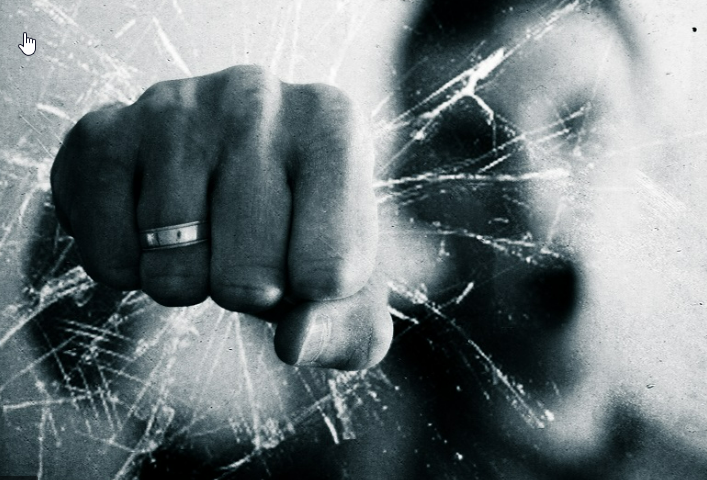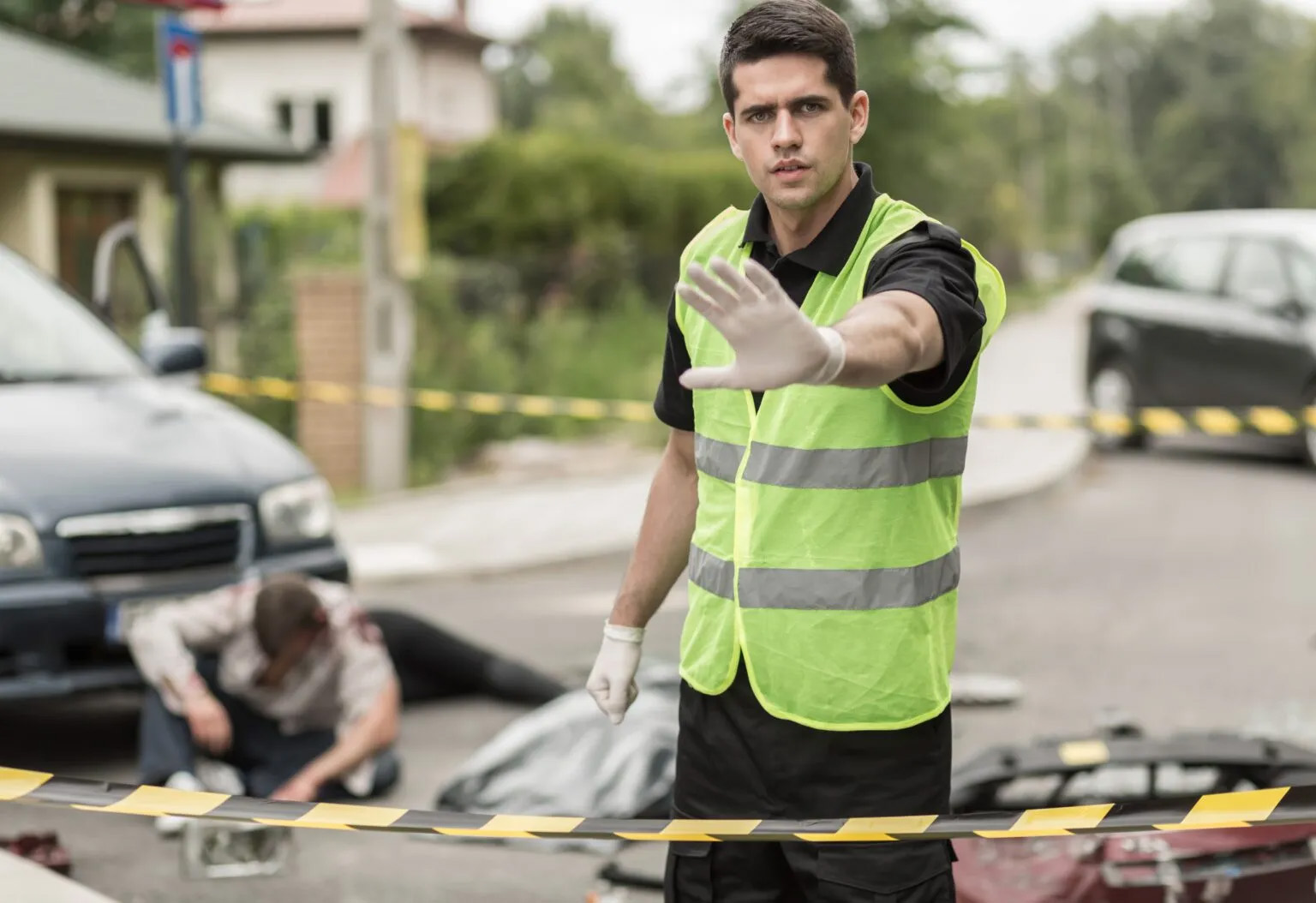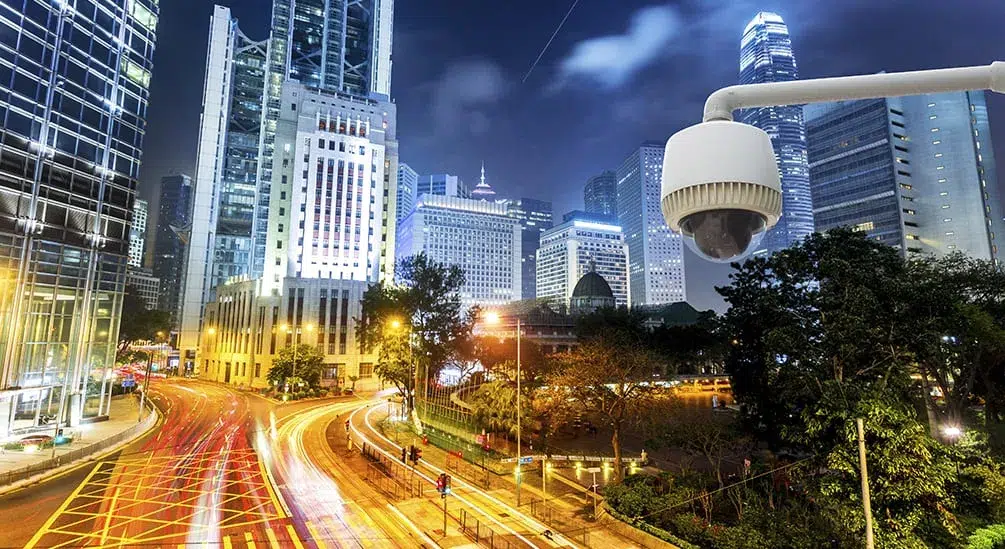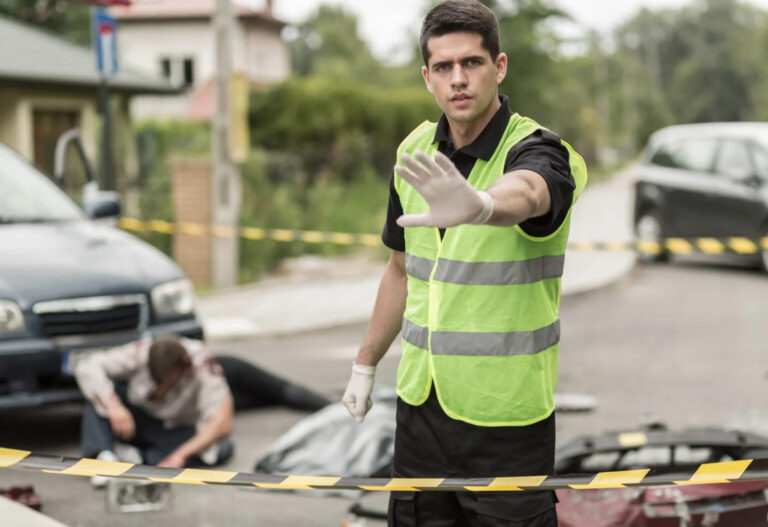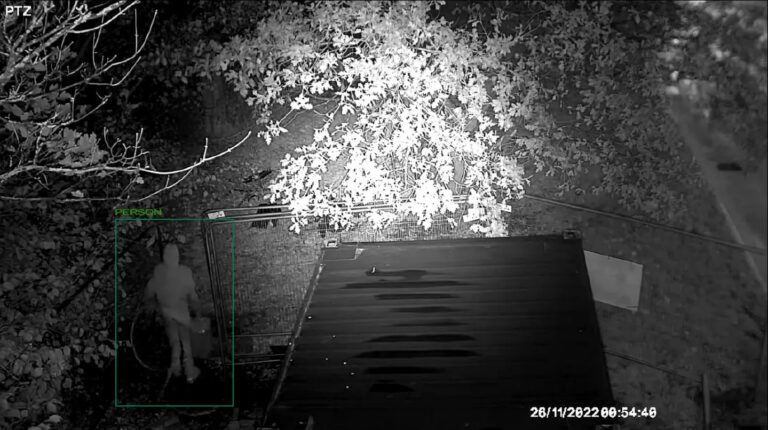Concepts behind CTR Physical Security
As a company CTR Secure Services have assisted organisations in protecting their people, assets and locations from the threat of criminal activity including criminal damage, sabotage and theft. Understanding the motivation behind why such offences are conducted assists in creating an effective Physical Security strategy. The common components behind Physical Security are: – Deter – Detect – Delay – Respond These seem to be realistic titles for each component and would seem to flow well in the effort to protect people, assets and locations but let’s look at each in more detail.
Deter As with anything, avoidance is the preferred outcome and in terms of Physical Security then deterring a potential attack is a positive step. But how do we deter would be intruders or attackers? There are ways in which we can increase the deterrence factor, and this could include: – Reducing the gains from an attack – Increasing the likelihood of being caught – Increasing the difficulty of breaching the location With experience and knowledge of why and how certain attacks are conducted, the design and capabilities of fences, doors and other components, then great gains towards actually deterring would be intruders can be achieved or at the very least reduced significantly. An example of how CTR have contributed to effective deterrence is through the use of CCTV and signage used to assist one of our national clients, with the breach rate being reduced significantly across the UK.
Detect Detection is the ability to know when a threat is close and/or to know when a location has been breached. This can be achieved through the placement of detectors on site, including detectors linked to alarm systems and CCTV systems. We can go into much more depth concerning detectors although the important aspects are to address the type of detection capability used and this would be based on factors including type of location, type of object to be detected, placement opportunities for detection devices and so on. To be able to detect an unauthorised person on site is critical in being able to then respond to such a breach, once a detection has been observed then visual verification is the next critical element as without this then any breach is still unknown in terms of who or what has breached the location/area. Visual verification comes from CCTV whether overt or covert, still or live imagery and as stated is critical in understanding the type and level of the threat.
Delay In terms of delay then this can be achieved through the planning and correct installation of appropriate access control measures, including but not limited to secure fencing, walls, security doors, turnstiles and so forth. Delay can also be designed to offer protection in depth, in that separate layers of protection could be introduced. This means that different areas of the building could have differing levels of security and access control in place, for example a reception area would require less security measures than say, a server room. The delay component needs to be successful enough to allow for a response to be actioned preferably before any damage or loss has occurred.
Respond The final active component of the Physical Security strategy is that of delivering a response that is timely and adequate, this may also include Police responses if suitable. Where a Police response is not possible then a security response would be ideal to ensure safety of those responding and also that the response is managed in a professional manner. Response times will obviously vary although any form of response should be suitable for the time that the delay phase will be effective as the aim will be to negate any damage, theft or incident at the location. We can now see that the Deter/Detect/Delay/Respond model is only effective if each single component works hand in hand with the other components and this is why Physical Security should be seen as a complete strategy as opposed to stand alone products/services being used. Written by Adrian Kent.


